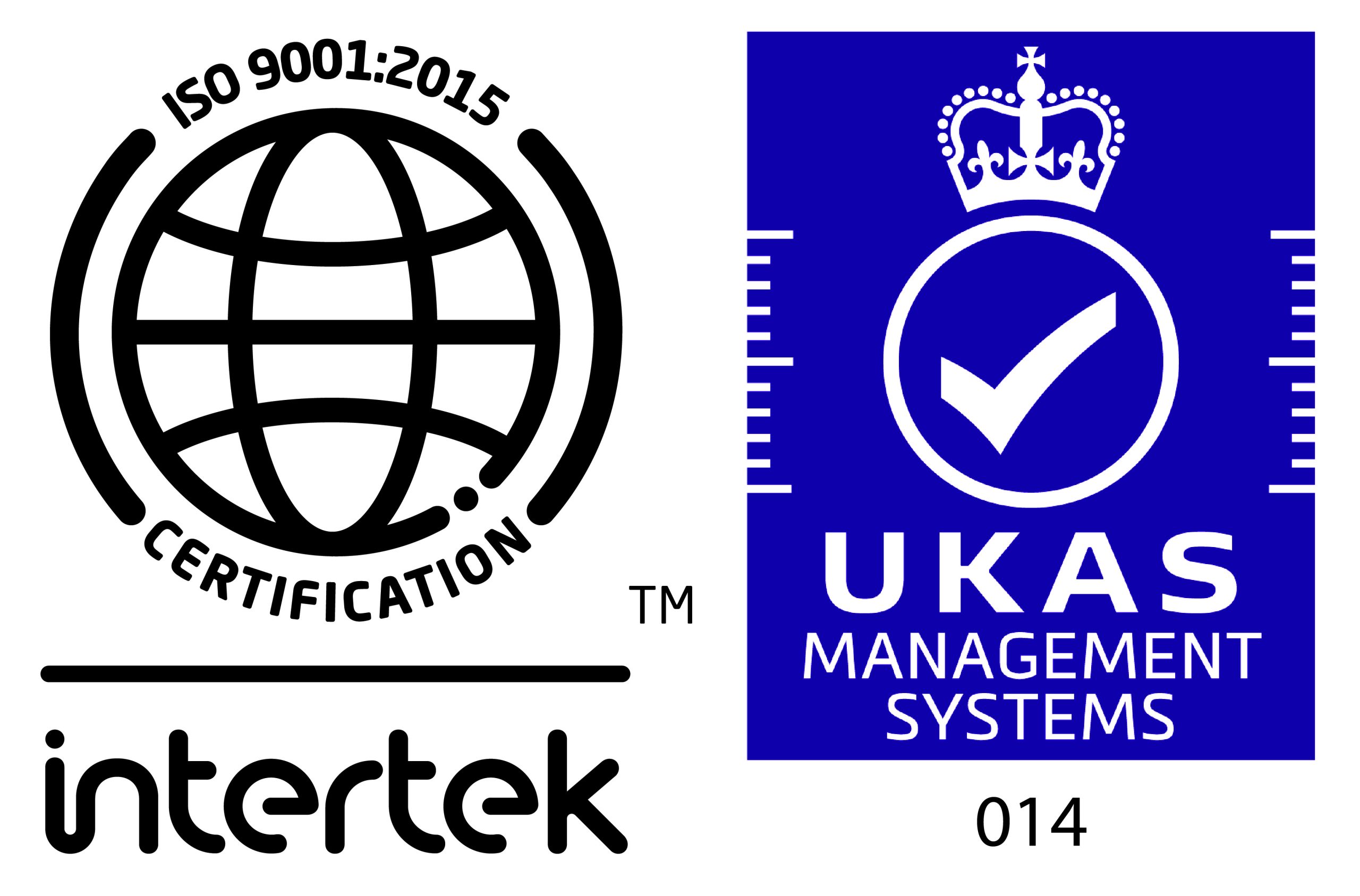An employee finds a bag of cocaine in your canteen. You work in a safety-critical environment. The discovery triggers concern about more accidents, more absenteeism, poor performance and criminal offences.
You want to test your employees. You’ve identified that the health and safety reasons outweigh the considerations of data protection, interfering with human rights and potential damage to the relationship of trust and confidence. So how do you do it?
Implement a drug and alcohol testing policy
Your employees must know your rules, why you have them and what happens if they break them. You want them to comply with the policy not find yourself dismissing people for breaching it. Explain why you are introducing the policy and insist that they sign to confirm that they have read and understood it. Retain that signed confirmation.
Guidance
Guide your managers on how to operate the policy, the triggers for testing and how to refer the testing to a qualified professional.
Selecting
Describe how you will decide who you will test and when. Will it be ‘with cause’ or random?
With cause testing
This is where you reasonably suspect that an employee’s performance or conduct is impaired by drugs or alcohol, causing a safety risk. They may reek of alcohol, be acting aggressively, lethargically (more than usual) or otherwise out of character. Investigate. Ask them to explain but remember that you may need to act quickly to get a reliable result.
Equally the test may be provoked by a workplace accident or a longer-term pattern of behaviour such as increased short-term absence, poor timekeeping, or a breakdown in relationships with colleagues. Of course, there could be many causes so you should investigate them. Your suspicion must be reasonable. Don’t use the policy to police employees’ private behaviour where it has no significant impact on their work. That would run the risk of an employee resigning and claiming constructive unfair dismissal as well as damaging staff morale.
Random testing
Random testing may be appropriate where safety is paramount, such as in the oil and gas or certain healthcare sectors. Different employees pose different risks. A drunk train driver poses a much greater safety risk than a ticket inspector.
Random must mean random. Targeting would be unfair and if it is because of a protected characteristic, it would be discriminatory.
How should you test?
Use a third-party organisation or your occupational health provider if they have sufficient expertise. The testing must be professional with robust procedures to ensure accuracy and to maintain the security of the highly sensitive data.
Data protection
The ‘Data protection employment practices code’ recommends that employees should have access to a duplicate copy of any sample so that they can have it checked independently, which underscores the importance of engaging professionals to carry out such tests.
Processing and retaining test results
Access to test results must be strictly limited to the people who need to know. The more people that have access, the further the balance is tipped against testing being a proportionate and justifiable interference with the employee’s rights.
Information about the results should be retained for no longer than necessary, depending on the purpose for which you carried out the test.
Responding to a positive test
Whether a positive test result will be grounds for disciplinary action will depend on the individual circumstances of each case, your contract and the policy. Don’t be hasty. Distinguish between those whose drug and alcohol use could influence their work and those whose recreational drug use remains in their system but has no effect on their work. There must be a link to the employee’s employment.
You must carry out a reasonable investigation, follow a fair procedure and consider the surrounding circumstances to avoid unfair dismissal.
Disability
Drug and alcohol dependencies are specifically excluded from the definition of disability under the Equality Act 2010. However, someone with a physical or mental impairment caused by addiction may still be considered disabled. In that case, the cause of the disability is irrelevant.
So, a health condition caused by drug or alcohol use will have the same protection as other disabilities and you will need to make reasonable adjustments in the usual way. Consider each case on its merits.
Legal advice
Getting it wrong can be costly so do contact us if you need help developing and implementing a policy.


